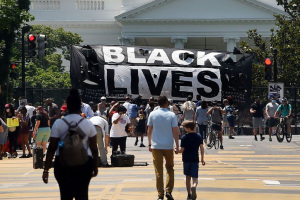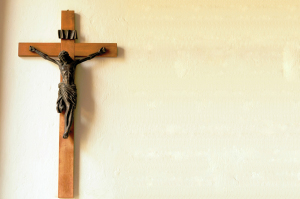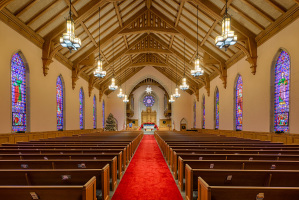2012 Doomsday Theory Disputed by Scientists
The notion that Mayan calendars mark Dec. 21, 2012 as the end of the world has been disputed by scientists, astronomers and experts on Mesoamerican history.
A year from today should mark the end of days for mankind, according to a Maya Long Count calendar. Or does it? Scientists and experts have begun to question the validity of myths that could be more invalid doomsday theories.
The Maya Long Count calendar says that he winter solstice of 2012 (Dec. 21, 2012) is the end of a B’ak’tun, which is a 144,000-day cycle. The cycle has been repeated 12 times since the mythical Maya creation date, according to Livescience.com. The B’ak’tun that will end in 2012 is the 13th and should fulfill a 5,200-year cycle creation.
The Maya Long Count calendar spans about 5,200 years, beginning in 3114 B.C. and ending on Dec. 21, 2012. The calendar reportedly resets at the end of the 13th cycle. People have used these findings to predict the end of the world on Dec. 21, 2012, which scholars dispute.
William Saturno, an expert on Maya archaeology at Boston University, compared the B’ak’tun cycle to the speedometer on a 1960s vehicle that resets after 999,999 to 0.
“We, of course, know that really means a hundred thousand miles and not zero,” Saturno explains. “Is the end of B’ak’tun 13 a large period ending? Yes. Did the Maya like period endings? Yes.”
He added, “But was it predicted to be the end of the world? No. That’s just us.”
According to studies, the theory comes from a 1,300-year-old stone tablet that is partially illegible and open for interpretation. Scholars agree that the day represents the start of a new era, rather than the end of days.
Archaeologists say that it wasn’t the Mayans who linked the end of the 13th B’ak’tun with the end of the world. It was Judeo-Christians that linked the Mayan calendar cycle with their notions of apocalypse, according to Mexico’s National Institute of Anthropology and History.
John Hoops, a scholar of Maya history at the University of Kansas, said that most “end-of-the-world” mythologies were a result of Christian eschatology introduced by Franciscan missionaries. Hoops also said that Maya people would have seen the end of their calendar cycle as a new beginning, but it is unclear on how they would have otherwise interpreted it.
Erik Velasquez, an ethics specialist at the National Autonomous University of Mexico, said the Mayans never prophesied that 2012 was the end of days, he told Discovery News.
“We have to be clear about this. There is no prophecy for 2012,” Velasquez said. “It’s a marketing fallacy.”
The “marketing fallacy” is being celebrated in Mexico, where Mexicans hope to profit from the ancient theory. Mexico’s tourism agency expects to draw 52 million visitors over the next year, according to a BusinessWeek report.
President Felipe Calderon said there will be 500 Maya-themed events over the next year, according to The Global Post. Guatemala will also be destination for tourists who seek Mayan culture. Tourism agencies are promoting Guatemala as an “unmissable” destination in 2012.
Other doomsday theories involve a rogue planet, solar storms or a planetary alignment, which are all disputed by NASA scientists. There is the theory that “Planet X” or “Nibiru” will collide with Earth in 2012. But, according to Don Yeomans, manager of NASA’s Near-Earth Object program office at the Jet Propulsion Laboratory in California, Nibiru is made up.
At a public discussion earlier this month, Yeomans theories that Nibiru is hiding behind the sun makes no sense.
“We would have seen it years ago,” Yeomans said.
He says the same in regards to theories on planetary alignments and other astronomical anomalies.



























